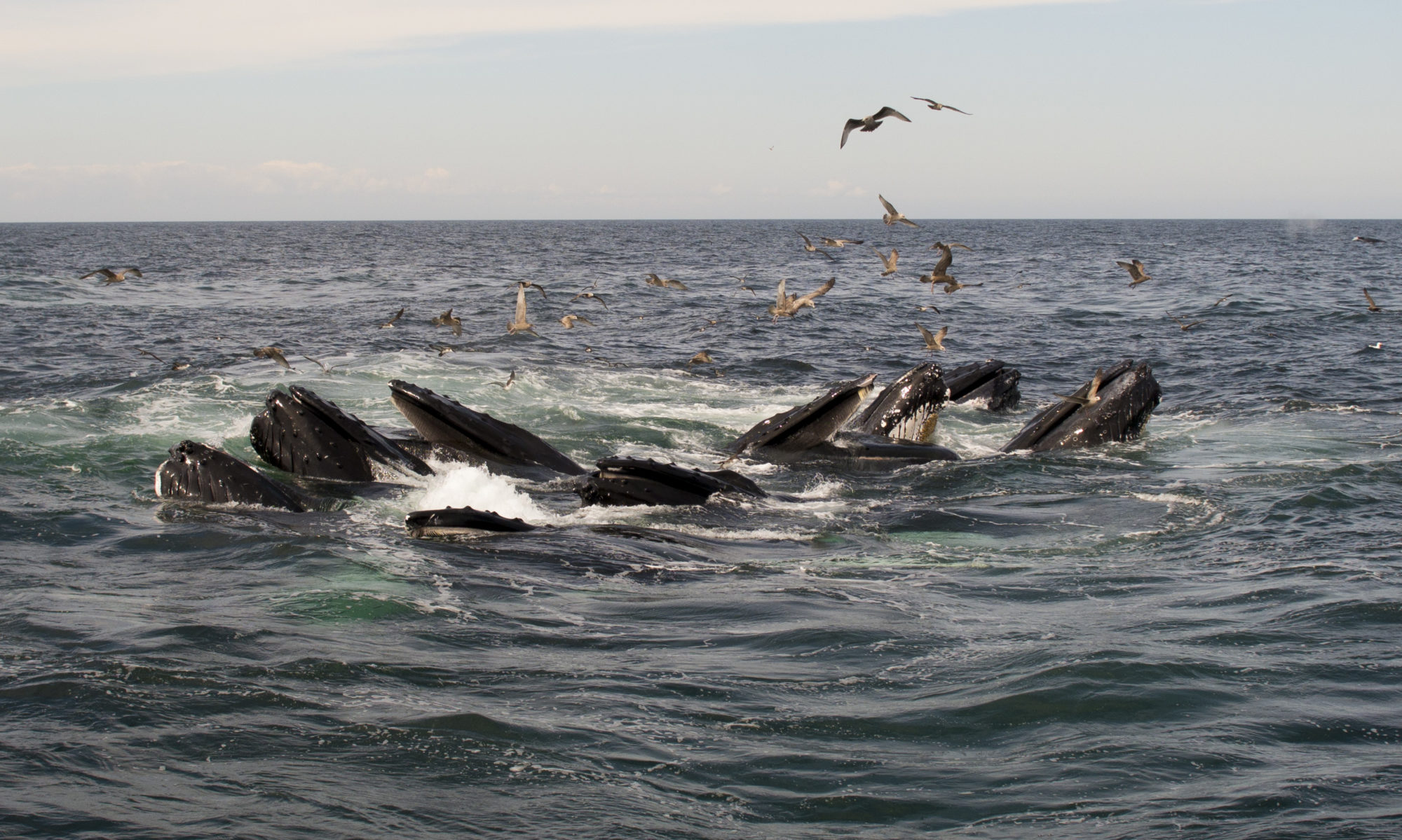Real Live Preacher has a great post on his blog about attending a denominational meeting. He comes to doubt the virtue of having “millions of people paying thousands of people to manage the doing of good things for Jesus.” He thinks “maybe I’d like to do just ONE good thing for Jesus. You know, just one good thing and give all of myself to it.”
Lost in a Good Book
By Jasper Fforde. Thursday Next back in action. In addition to the zaniness of the first book, this one includes some wild pairs of agents: Phodder and Canon; Chalk and Cheese; King and Nosmo. There’s the end of the world, wooly mammoth migrations, and a showdown with Goliath Corporation.
Lord John and the Private Matter
by Diana Gabaldon. I think her very popular book series might be bodice-rippers, but there are no ripped bodices in this one (although there are a couple of discarded or open shirts!). Lord John is a supporting character in her other books, and this novel (first in a series) does spark my interest in her other books. Set in 18th-century London, Lord John sets out to solve two intertwined mysteries.
The Eyre Affair
By Jasper Fforde. A wonderfully cheeky first novel, set in the 1980s England of an alternate universe. Thursday Next is an agent in SpecOps 27, Literary Detection. Time travel, incredible inventions (but airships instead of airplanes), and a flimsy veil between “reality” and fiction.
Eragon
By Christopher Paolini. The first volume of a fantasy series. The author is still in his teens, and it shows a bit, but not in a bad way. It’s a very engaging start to a story about a likeable young man and his dragon.
Catching Up
I’ve been negligent in posting finished books. I’ve been reading a lot of popular fiction, so it has been a lot over the last couple of weeks. Here they come.
Grasshopper Dreaming: Reflections on Killing and Loving
By Jeffrey A. Lockwood. What a fantastic little book of essays from a Unitarian Universalist professor of entomology at the University of Wyoming.
In “Confession of a Deserter” Lockwood addresses the scientific hegemony on defining truth and argues:
I would not advocate a form of epistemological relativism in which any question can be answered with any method (mathematical theorems are not proven by prayer, despite my desperate entreaties during geometry exams), but for the big questions of the world, there needs to be scientific humility and epistemological pluralism. The question of human existence is a matter of both how we came to be (the legitimate purview of science) and why we came to be (the valid realm of religion). For scientific texts to assert that there is no purpose or direction in evolution is as unfounded as the religious tracts that claim to interpret fossil evidence and geomorphology in terms of the Bible. Science has no method, text, or instrument to detect meaning in the universe.
Later in the same essay, he describes a widely interdisciplinary engagement:
I co-taught a course on science and religion in which we had the four instructors (a theologian, a sociologist, a zoologist, and me) engage in a panel discussion of holism. From this discussion emerged three conceptual models, best illustrated with an example. Let’s assume that we want to develop a management plan for a lake. The “scientific model” of holism would suggest that sound management requires the involvement of biologists, chemists, hydrologists, geologists, atmospheric scientists, and the like. No single scientist coudl possibly have sufficient expertise in all of these fields. The class generally agreed that scientific holism was a better approach than claiming to understand the lake through any one discipline. However, there was a more expansive approach, the “academic model” of holism. According to this notion, the team studying the lake should be composed not only of these scientists but also of historians, anthropologists, sociologists, political scientists, and economists. This breadth of expertise assured that matters of policy, culture, and valuation were included. In general, the inclusion of the soft social sciences was viewed as an enlightened concession, but this was as far as holism could be taken. The final approach was my “radical model” of holism, in which the team would include a shaman, a poet, and a fish. For the most part, my colleagues and students found this to be absurb–these entitites could not even communicate with the scientists. I hesitated to suggest that they might, however, be able to communicate with the lake. In fact, perhaps the shaman and poet were the only beings who might be aopen to communication with both the fish and the chemist.
It’s published by Skinner House Books.
Administrivia
I’ve just uploaded this file: http://kenneth.typepad.com/blog/pphlogger.js in an attempt to try out adfreestats. We’ll see!
The Peloponnesian War
By Donald Kagan. Finished at last! Not quite a gripping read, but really very readable.
I was struck (and horrified) by this first exposure to ancient Greece. I don’t know why I should be surprised that there’s nothing new under the sun, but to find that the Athenian democracy was full of self-serving, violent, dishonest politicians who happened to be fantastic public speakers is disheartening. No wonder enlightened oligarchy continues to be such an attractive abstract ideal.
Now I’ll have to decide whether to continue on to Homer (never having read the Illiad) or to read the great dramatists (since they were contemporaries and participants in the war).

Thanks for that solar flare
See the animated gifs towards the bottom of this page: Spaceweather.com: October 2003 Aurora Gallery If this isn’t just too cool, I don’t know what is. I’m hoping we’ll see some Northern Lights here in Boston tonight.
